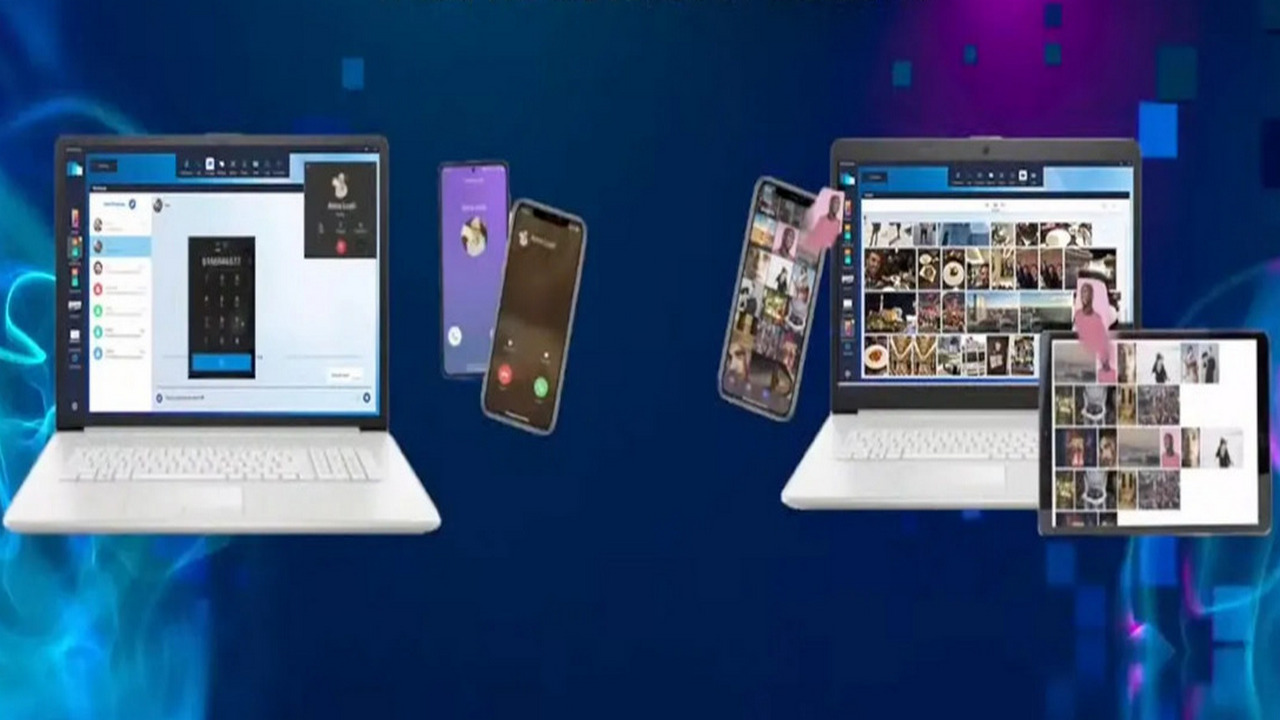User Experience (UX) design is a critical component of successful custom software development process. It focuses on creating products that are intuitive, user-friendly, and enjoyable to interact with. In this article, we will explore the essential role that UX design plays in the software development process and how it contributes to the overall success of software products.
Understanding User Needs

UX design begins with a deep understanding of the users and their needs. Through research, interviews, and user testing, UX designers gather valuable insights about the target audience’s preferences, pain points, and expectations. This user-centric approach ensures that the final product addresses real user needs and delivers value.
Creating Intuitive Interfaces
A key aspect of UX design is crafting intuitive interfaces that users can navigate with ease. By organizing information and functionalities logically, UX designers reduce the learning curve for new users and increase overall usability. Intuitive interfaces enhance user satisfaction and encourage continued engagement with the software.
Enhancing User Satisfaction
User satisfaction is a critical metric for the success of any software product. A positive user experience leads to higher customer retention, increased user loyalty, and positive word-of-mouth referrals. UX design strives to create delightful experiences that leave users satisfied and eager to return to the application.
Optimizing Accessibility and Inclusivity

UX designers also focus on optimizing accessibility and inclusivity in software products. By considering users with disabilities or diverse needs, they ensure that the application can be used by a wider audience. Making the software accessible to all users is not only ethically important but also extends the potential reach of the product.
Reducing User Friction
User friction refers to any obstacles or difficulties users encounter while interacting with the software. UX designers work to identify and eliminate these friction points, streamlining the user journey and making the overall experience smoother. Reducing friction contributes to higher user engagement and lower abandonment rates.
Iterative Design and User Feedback
UX design is an iterative process that involves continuous improvement based on user feedback. Throughout the development lifecycle, UX designers gather feedback from users, analyze their behavior, and make iterative adjustments to improve the product. This feedback loop ensures that the software evolves in response to user needs and preferences.
Seamless Interaction Across Devices

In today’s multi-device world, users expect a seamless experience across various platforms and screen sizes. UX designers ensure that the software adapts to different devices, such as desktops, smartphones, and tablets, providing consistent and optimized interactions on each platform.
Boosting Business Objectives
UX design goes beyond creating aesthetically pleasing interfaces; it aligns with the business objectives of the software. By understanding user behavior and goals, UX designers can drive specific actions that lead to conversions, purchases, or desired outcomes. A well-designed user experience can positively impact the software’s bottom line.
Competitive Advantage
In a competitive software market, user experience can be a significant differentiator. A superior UX can attract and retain users, setting the product apart from competitors. Investing in UX design not only improves the software’s performance but also gives the development team a strategic advantage in the market.
Conclusion
User Experience (UX) design is a fundamental pillar of successful software development. By focusing on user needs, creating intuitive interfaces, and optimizing accessibility, UX designers ensure that software products are user-friendly and enjoyable. The iterative nature of UX design, coupled with continuous user feedback, leads to constant improvement and user satisfaction. Investing in UX design not only enhances the overall user experience but also contributes to the software’s success, competitiveness, and long-term growth in an increasingly user-centric digital landscape.
